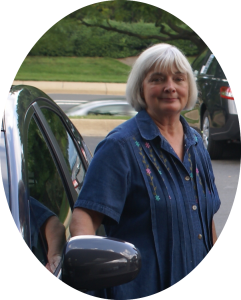It is December, with the winter solstice approaching, the season of light!
But I am having trouble producing light here on my hilltop.
First it was the four walk lights edging the pavers leading from my car park. All four lights were working, and then suddenly one evening, they were not.
I went out to the electrical corner the next morning. The transformer was plugged in and its face was glowing, meaning it was getting power. I tried turning the switch to off and then on again, and the walk lights came on. I set the timer to six hours, and that evening the walk lights worked.
But two nights ago, the walk lights were off again. I tried the same rescue operation, and last night the walk lights were shining again. For how long is anyone’s guess.
Inside the house the Christmas lights are frustrating me. The set of wax candles on the mantel has fresh batteries but I can’t get the remote control to turn them on at five pm, for six hours.
I am having the same problem with the battery-powered candles in the windows. They all have fresh batteries, but I can’t get the remote control to work their timers either. Two worked, but not the other ten.
Yesterday after reading the manufacturers’ instructions online, I learned the secret: you have to turn on all these candles manually at the base first before using the remote to set the timers. I waited until almost five pm, and then followed the instructions. And it worked. The house was lovely with flickering light. I will write a note of instruction and put it in the storage boxes, so that next Christmas I will not be frustrated. I am almost 80, and I forget things.
Yesterday I also brought the Fraser fir inside, set it in the stand by myself, and put on the strands of small clear lights. First I plugged in each strand to be sure the whole strand of 100 was working. But when I got the first strand carefully draped around the top most section of the tree, the second 50 lights were dark, so I had to take the lights off, muttering and climbing on and off the step ladder, and replace it with a new strand.
Finally I had all the lights on the tree, and I sat on the couch to admire my work.
Bill had always put the lights on the tree, and Bill had set up most of the window candles—his favorite Christmas decoration and one that he was not in a hurry to take down after Christmas. Sometimes the window candles were up until Easter; they were the old plug-in kind.
This is my thirteenth Christmas without Bill, and it is hard even after this passage of time to make the light shine without him.
I sit in the dark living room, the lights shining on the tree, the candles flickering on the mantel and in the windows, signaling to the dark sky and to the stardust that I am here.
December 12, 2022
